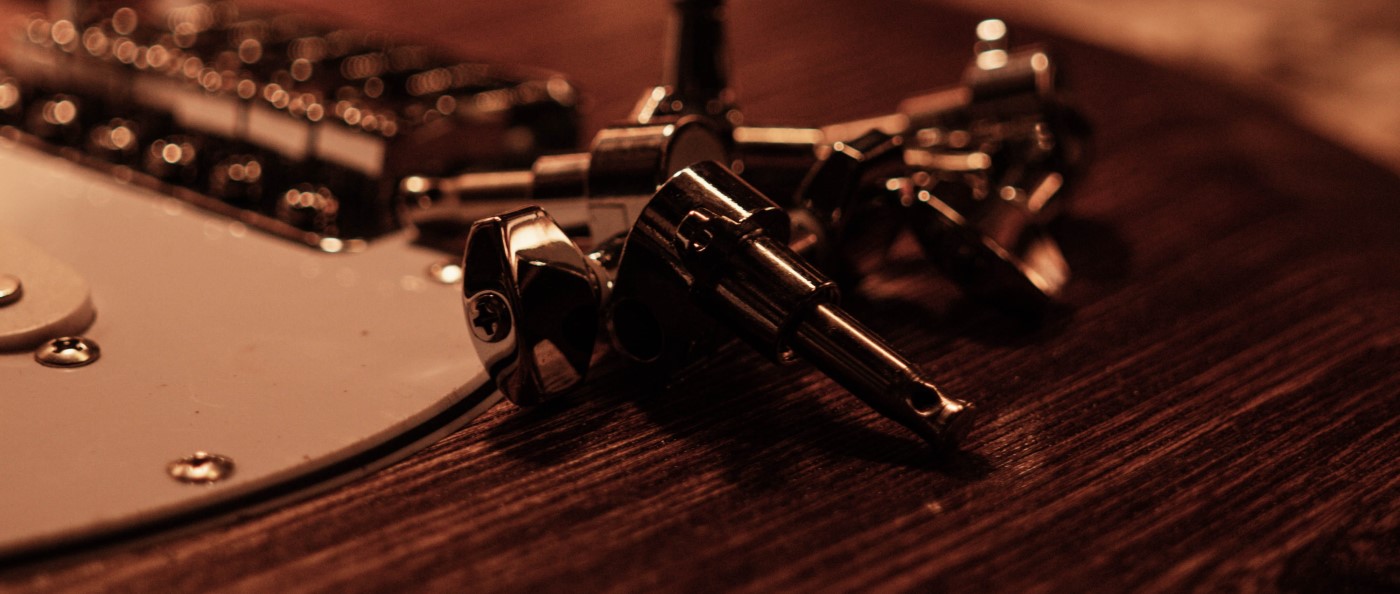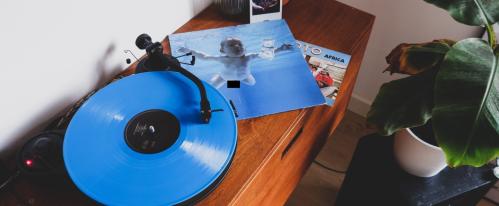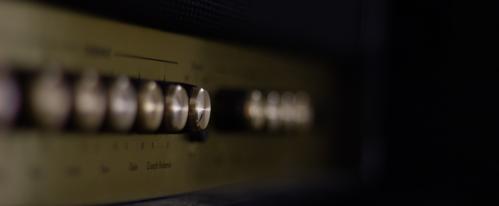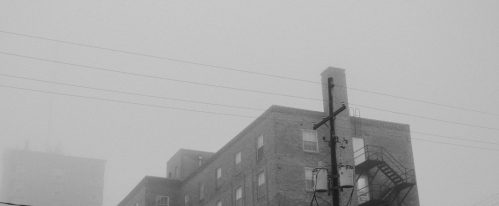Play in D Standard with our guide to DGCFAD tuning - learn how to tune your guitar to D Standard, what songs to play in DGCFAD, and find out why it sounds cool
If you’re starting to write some riffs and standard tuning just isn’t cutting it, or you’re tired of figuring out a range of alternate tunings, then we have the perfect guitar tuning for you - DGCFAD tuning.
Also known as ‘D Standard tuning’, DGCFAD is sometimes favoured by metal bands and other hard-hitters who like the ability to play with a guitar tuning that is familiar to them and yet provides a different, heavier voice to the instrument.
That’s because D Standard tuning is the same as regular Standard tuning for electric guitar - that is, EADGBE - but one whole step lower.
In this blog we’ll look at how to tune your guitar to DGCFAD, what songs you can play in D Standard, and why this tuning sounds so cool.
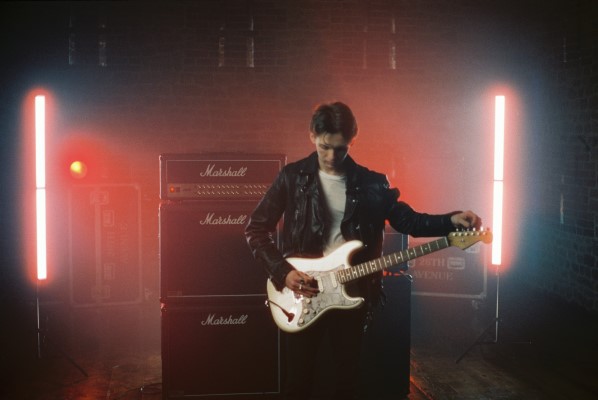
How to Tune Your Guitar to DGCFAD
As we mentioned earlier, DGCFAD is the exact same tuning as you’re used to - only a step lower. That means that each position on the fretboard will be two semitones lower than usual (you can think of it as if each fret has moved forwards two places).
For this reason, some guitarists prefer to use heavier gauge strings when using D Standard tuning, but it’s not always necessary.
Get your tuner ready and let’s explore DGCFAD on your guitar.
So, starting with your thickest string - which would usually be E when played open - downtune this string until your tuner shows it is a D note. This is now what we would call Drop D tuning, or DADGBE.
To get to D Standard, repeat this process with each string.
Your A string, or the second-thickest string, will become a G.
The next string, which is usually a D, will become a C.
Your G string will become an F, the B string will become an A, and finally your high E string will become a D.
Now when you play all of the chords and riffs that you know, they’ll sound the same but slightly lower - by two semitones, to be precise.
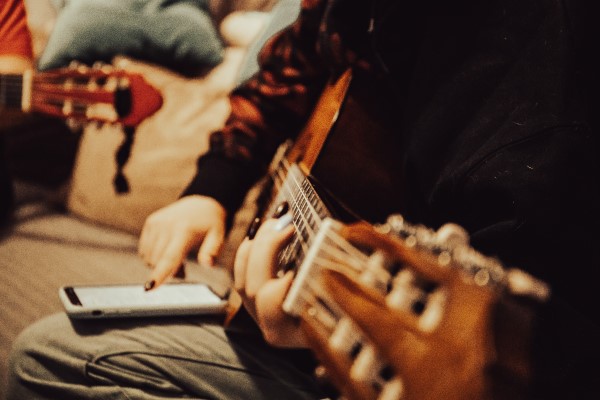
Songs to Play in DGCFAD
One of the best things about D Standard tuning is that you can play along to some new songs.
You can also still play along to all of the other songs you know, just by placing a capo on the 2nd fret and converting your guitar back to standard tuning - so you can jam along to everything you already could, and more!
Here are five of our favourite songs in DGCFAD, starting with the band who made rock music what it is today..
The Beatles - Yesterday
Here we have the most-covered song of all time by one of the greatest bands to ever exist.
Often songwriters will downtune in order to make the key of the song better suited to their voice. So although McCartney plays a G chord shape to kick-off this song, it’s actually an F chord because of the change in tuning.
Nirvana - Come as You Are
Fast-forward to 1991 and grunge was the newest, coolest genre in the world - but Kurt Cobain was still playing in D Standard when he penned one of the most iconic riffs of the decade with Nirvana’s ‘Come as You Are’.
Kurt has also played the song in Eb Standard during the MTV Unplugged performance, which is a tuning that is 1 semitone than standard - or one semitone higher than DGCFAD.
Elliott Smith - Between the Bars
Elliott Smith is one of the most inventive guitarists in history, and he often relied on a variety of different tunings in order to explore the new chord shapes and voicings that they offered.
If you tune down to D Standard you’ll be able to play along to a range of his beautiful songs, including the brilliant ‘Between the Bars’ from the 1997 album ‘Either/Or’.
Sad but True - Metallica
Another heavyweight of the 90s, Metallica brought metal to the masses with their chugging riffs.
Metallica are no strangers to downtuning their guitars, and you can play along to the iconic ‘Sad but True’ in DGCFAD tuning.
Jimi Hendrix - Voodoo Chile
Last but not least, we have ‘Voodoo Chile’ by Jimi Hendrix.
Although Jimi is mostly renowned for tuning to Eb Standard, you’ll be able to play along to the epic 15-minute long version of this song from the album ‘Electric Ladyland’ by tuning to D Standard.

Sometimes, playing in standard tuning just isn’t right.
Whether it’s because you want to play heavier riffs with your band or you’re a singer searching for the perfect key to play a song in, playing in D Standard is a simple solution to many problems that musicians might face.
By getting to grips with DGCFAD tuning you open up a new world of possibilities with your guitar, allowing you to jam along with new music and test out how some of your own songs sound when transposed in this way.
There are plenty of other alternate tunings to try, but if you’re looking to stick to the chord shapes and scales that you know then simply dropping the pitch of each string can make a huge difference to how you sound.
Need help with learning to play guitar? Want to check out the latest electric guitars, amps, and effects at PMT? Call us on 0151 448 2089 or check out your local store to speak to one of our Experts about your needs.

